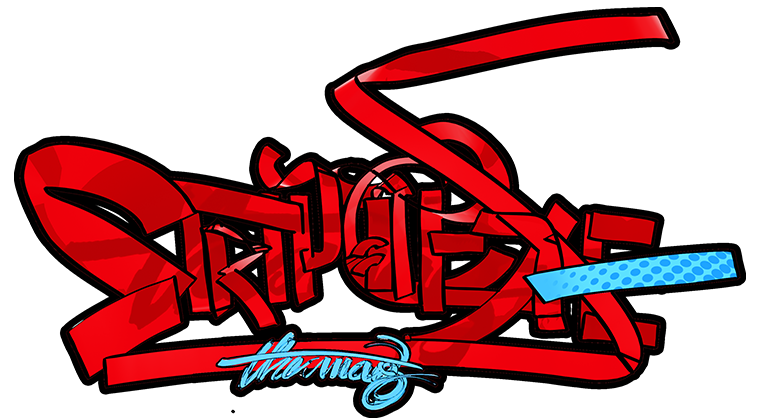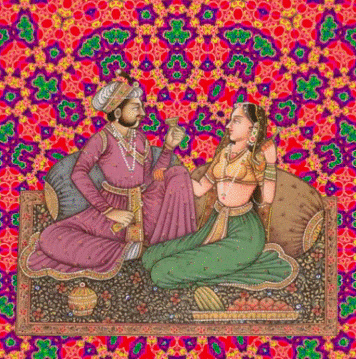An Introduction to the Royal Existentials
A diverse amalgam of culture, religion and artistic expression, miniature Mughal paintings, though inspired by the Safavid School of Persian painting, were not mere replicas of older ideas and ideals. Flourishing in the courts, under the patronage of the rulers, subjects varied from replicating court scenes of the patrons, literature (both Indian and Persian), history, nature, and at times, secular commentary. Characterised by rich colours, elegant line-work and intricate detailing, these paintings defined one of the most impressive eras in the history of art. And while artists crafted elaborate visual narratives with expert brush-strokes imagining artistic renown, I doubt if they could imagine a future where these very paintings would become a part of a social commentary in the form of a webcomic.
Created by Aarthi Parthasarathy, Royal Existentials juxtaposes the opulent settings and characters of old Indian miniature paintings (among other kinds of Indian art) with philosophical exchanges on social inequality. Just 14 episodes old, this webcomic born out of images found on the public domain has managed to creep into the hearts of not just enthusiasts but the uninitiated alike.
Humorous and thought provoking, for those who don’t spend enough time trawling the deep recesses of the internet, Parthasarathy derived inspiration from Wondermark– an American webcomic that uses 19th century paintings to create a world more relevant to the one we live in. “Wondermark is one of my favorite webcomics. I started reading it about 4-5 years ago, and had this thought then,” she begins. “But I started this only 3-4 months ago, when I had more time and clarity at hand. It started with one, I was reacting to an image that I saw. And then I (overconfidently) announced that it would be a weekly webcomic. The form, themes, all grew very organically – I wasn’t trying to make something exactly like Wondermark. I was just having fun with it, reacting to the image, creating a story and writing about things I think about,” she explains.
With social inequality being a persisting theme in the webcomic, we see Parthasarathy tackle issues that have been affecting the country for years now. “It (gender inequality) affects half the population, it’s an embedded part of social structure, and it works in so many obvious as well as subtle ways. It’s something I think about and engage with, and my reaction to that comes out in what I write, I guess,” she says.
In an earlier conversation with Carolina Rosetti, the creator of the internet christened series, “Women” that deals with feminism, body-image issues and other socially relevant themes, we were introduced to the idea of feminism being a plural movement with many different thoughts inside. And here too, Parthasarathy’s work enables her to engage in conversations about gender, society, feminism, public space, patriarchy, sexuality and the like. Parthasarathy’s take on feminism translated through art is the reaction of creators to issues that happens around her, affects her. “In the webcomic, there is a very feminist take on things, yes. And there’s also conversation about class, caste, poverty, representation – different kinds of issues regarding social inequality. That’s the idea, moving forward, to talk about all these things.” And though she has taken the plunge to engage more people in these issues with her webcomic, she believes “Larger conversations need to happen about these issues now.”

A part of the Fearless Collective founded by artist Shilo Shiv Suleman, Parthasarathy is the co-founder of Falana Dimka Films, a Bangalore-based film and animation studio that is exploring the idea of newer, more interesting collaborations. And Royal Existentials, is just the beginning.
– by Solo
Writer, photo-taker, comic book buff, procrastinator. She is the quintessential cat lady who isn’t your regular breed of sane.
Also published in Bangalore Mirror





